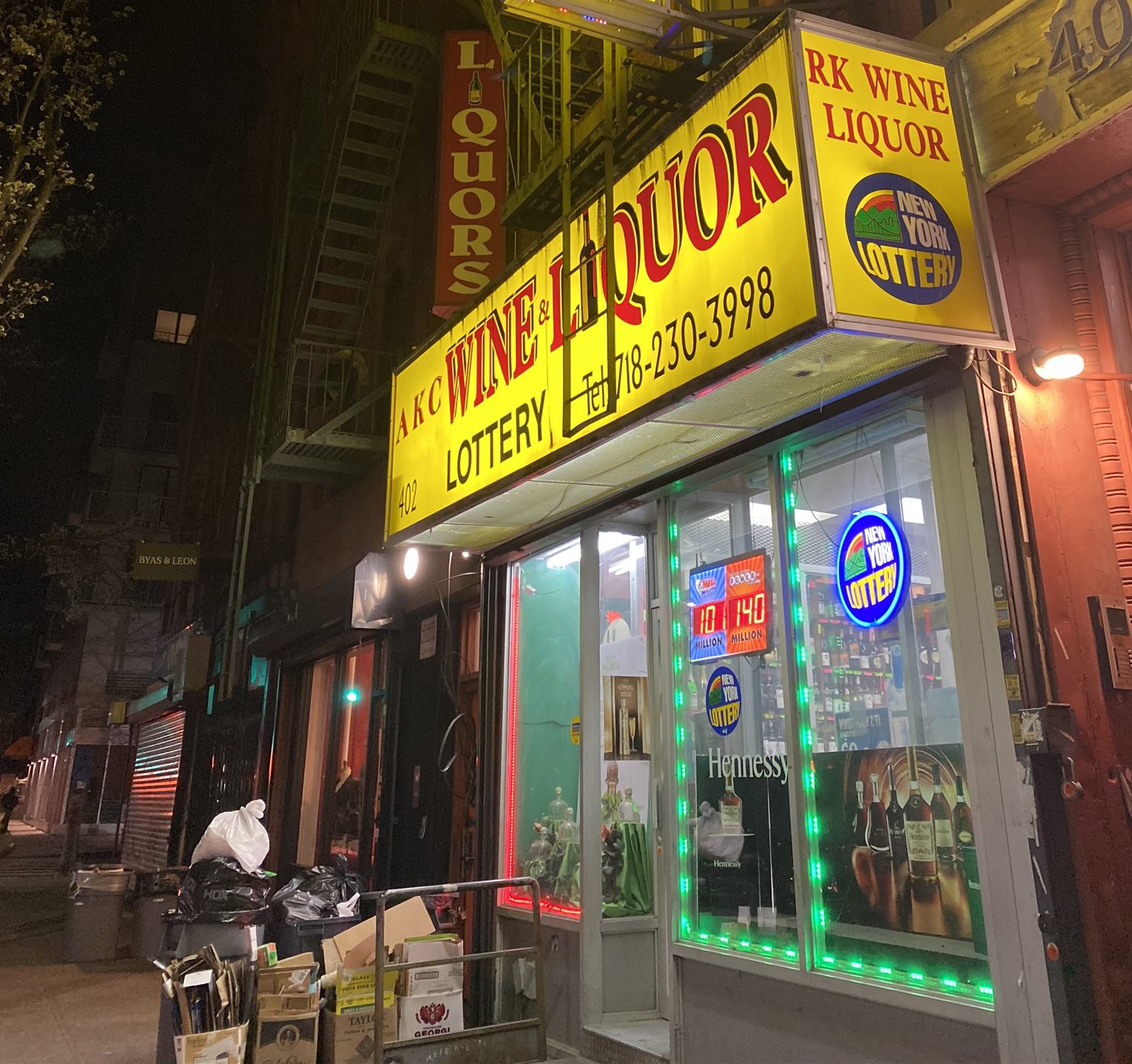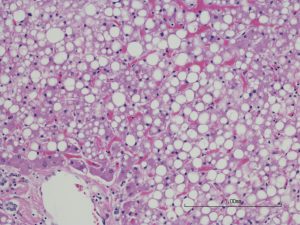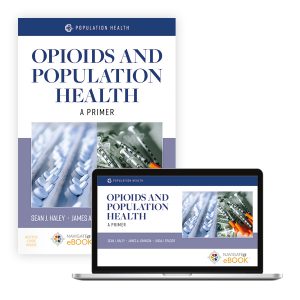Low-income neighborhoods that were subject to federally-sanctioned redlining beginning in the 1930s tend to host high concentrations of businesses that sell alcohol for either on- or off-premise consumption.
A new study by Assistant Professor Sean Haley, PhD student Shari Jardine, Associate Professor Elizabeth Kelvin, Associate Professor Andrew Maroko and Christopher Herrmann of Jon Jay College assesses whether the associations between alcohol outlet density and violent crime are modified by a history of redlining.
In the paper, published in February in the International Journal of Environmental Research and Public Health, the researchers looked at the association between alcohol outlet density and violent crime in NYC between 2014 and 2018. They found that high alcohol outlet concentration was strongly associated with violent crime, and that the relationship was stronger in neighborhoods that had a legacy of redlining.
Although officially outlawed in the 1960s, redlining was a federally-endorsed set of housing discrimination practices that ranked mortgage risk by the racial/ethnic composition of neighborhoods. Neighborhoods with the greatest proportion of people of color were graded a “D” which meant that they were deemed hazardous for both residential and commercial investment.
In the study, CUNY researchers found that formerly redlined NYC neighborhoods had the strongest associations between off-premise (e.g. liquor stores, bodegas) alcohol density and violent crime. The structural effects of redlining remained when current socioeconomic indicators were adjusted for (e.g. education levels, home ownership, and poverty within the neighborhoods), suggesting that formerly-redlined areas continue to be associated with crime decades after such practices were made illegal. Interestingly, only non-redlined neighborhoods demonstrated an association between on-premise (e.g. bars, clubs) alcohol outlets and violent crime.
“It is important to note that we cannot say that that alcohol outlets cause violent crimes, but, given that similar findings have been identified across the country, we can say that they are a strong contributing factor,” says Haley. “Given the limited number of strategies available for preventing violent crime, the NY State Liquor Authority, in partnership with communities, might consider reducing alcohol availability in disproportionately impacted neighborhoods.”
The study used distance to the nearest outlets in a census block group to calculate alcohol outlet density scores. Violent crime was as defined as a murder, shooting victim, rape, robbery, or aggravated assault, and census block group where more than 50% of the area had formerly been redlined were coded as redlined. Redlining continues to be associated with a myriad of health conditions in New York City and elsewhere, suggesting that it has long-lasting impacts.
“This paper underscores the importance of examining formerly codified forms of racism and discrimination, which negatively influence health, persistently, despite the passage of time,” says Jardine. “As researchers, scientists and activists pursue pathways towards health justice for all, legacies of racist structures, and their lasting effects, intended or unintended, must be a part of the solutioning process.“
The violent crime experienced by formerly redlined communities in New York City is likely related to a legacy of racialized housing policies and may be associated with state pre-emption policies that allow for high neighborhood alcohol outlet density, the researchers say.
“Whenever you look at phenomena that happen in spaces, in this case alcohol outlets, violent crime,and historical redlining, there is a chance that their spatial distributions and interactions can tell you something new,” say Maroko. “Showing that the legacy of discriminatory and racist housing policy intensifies the association between certain types of alcohol outlets and violent crime gives us a clue on how we may be able to use policy to improve the lives of New Yorkers.”




